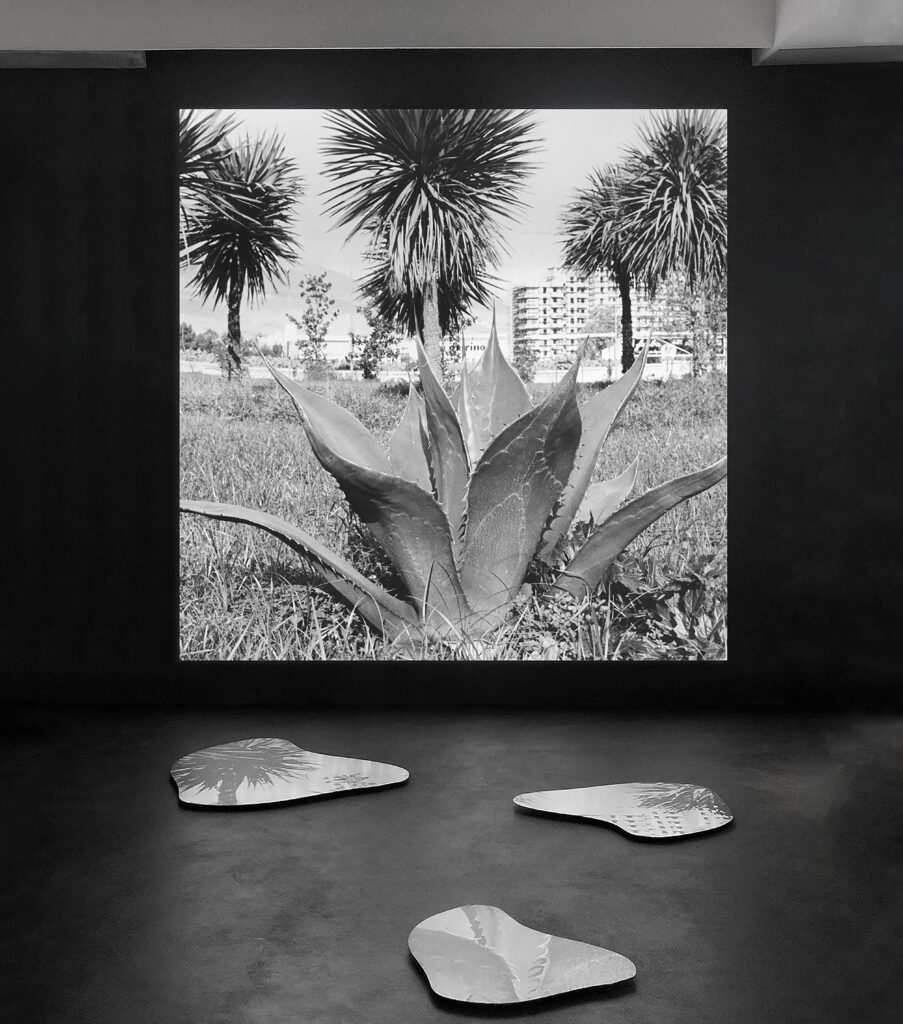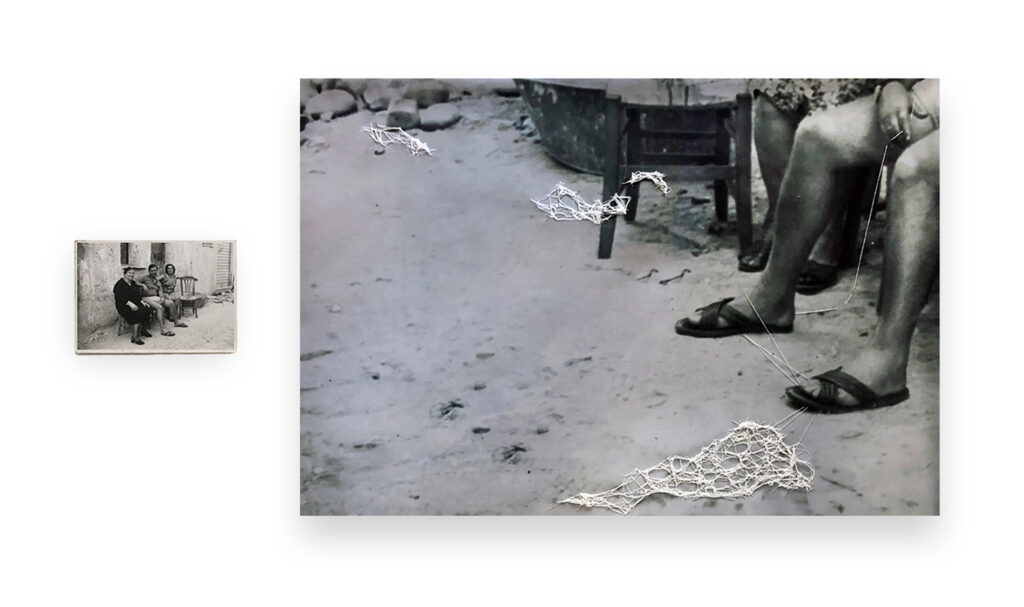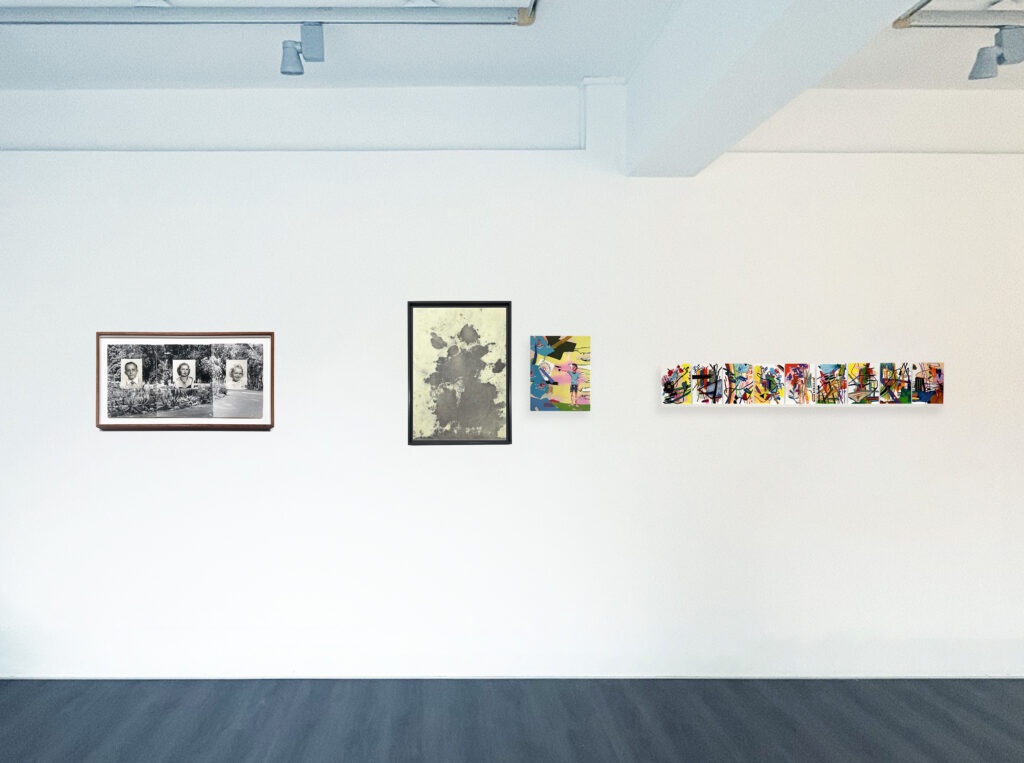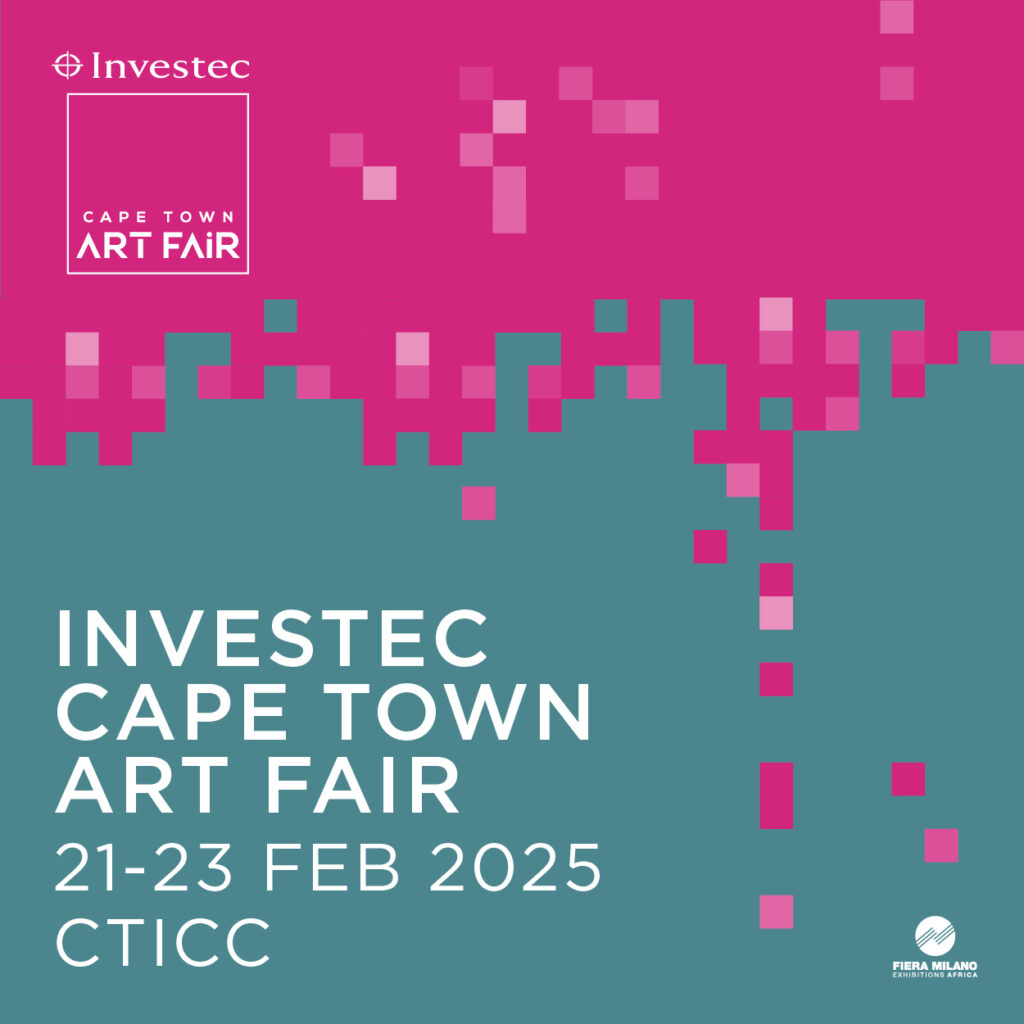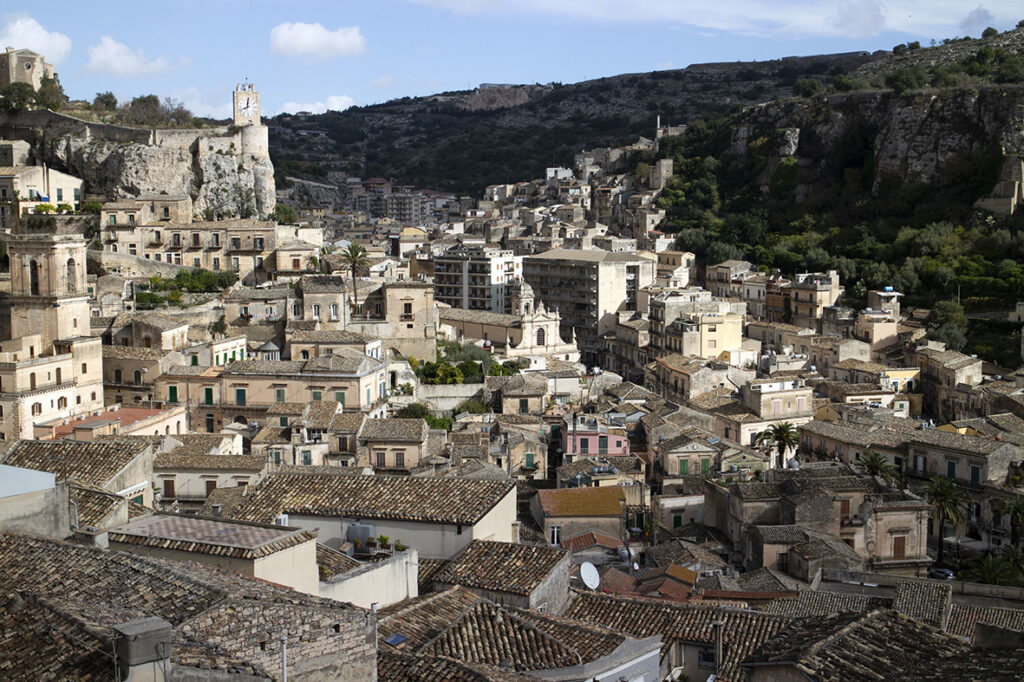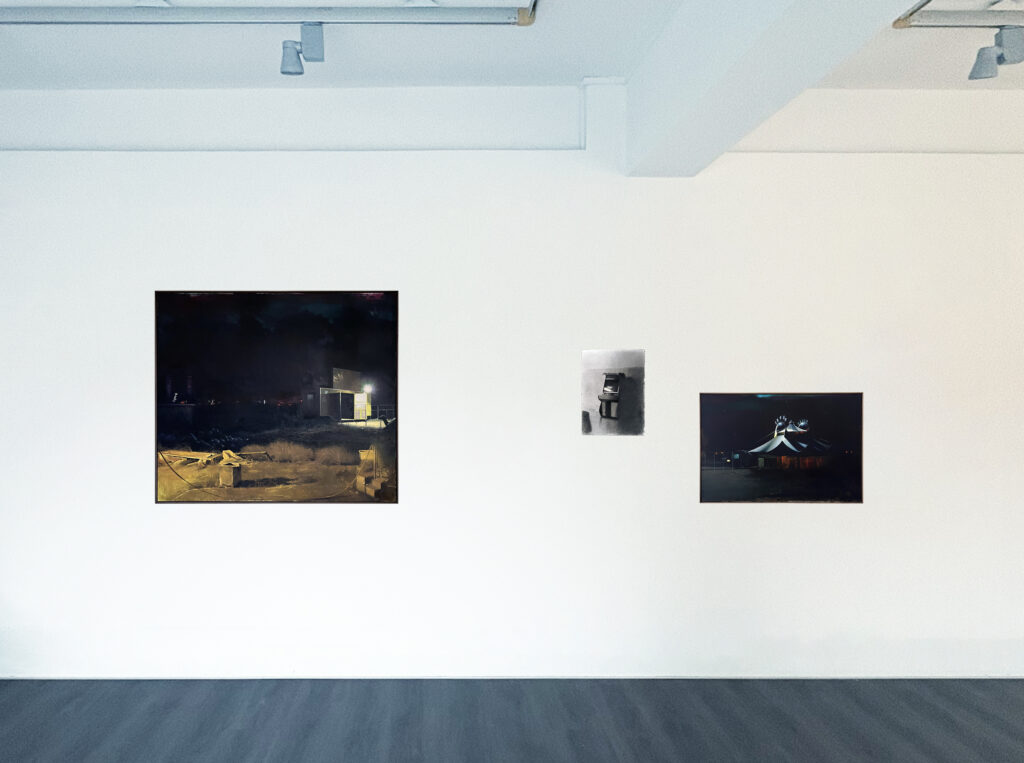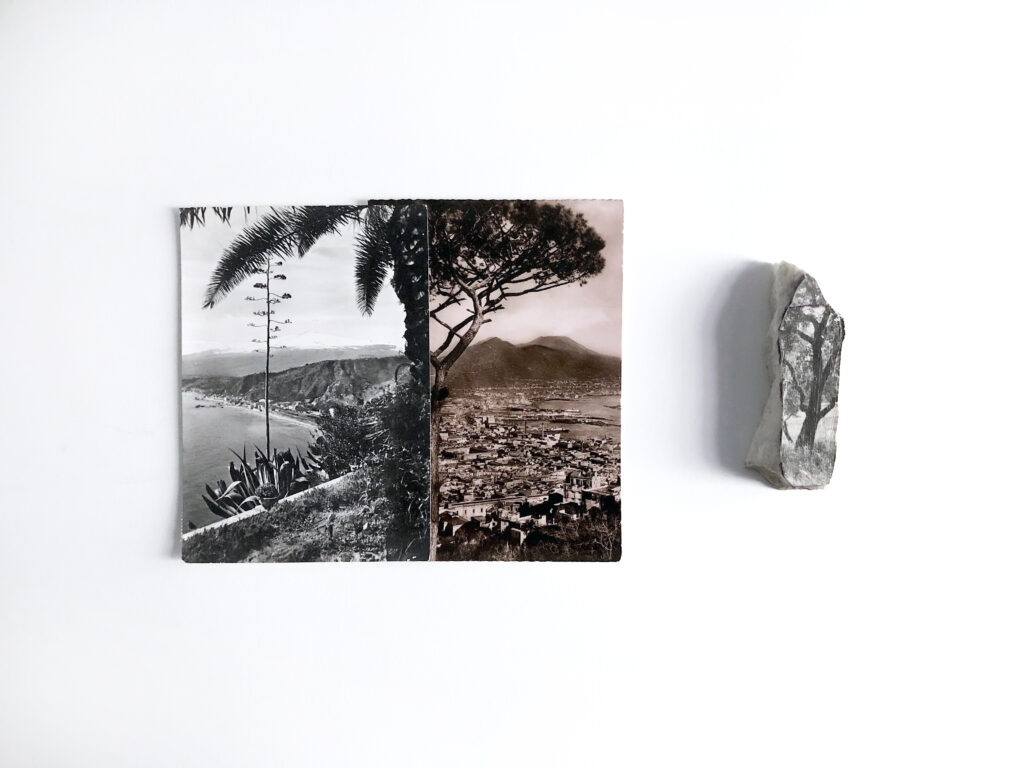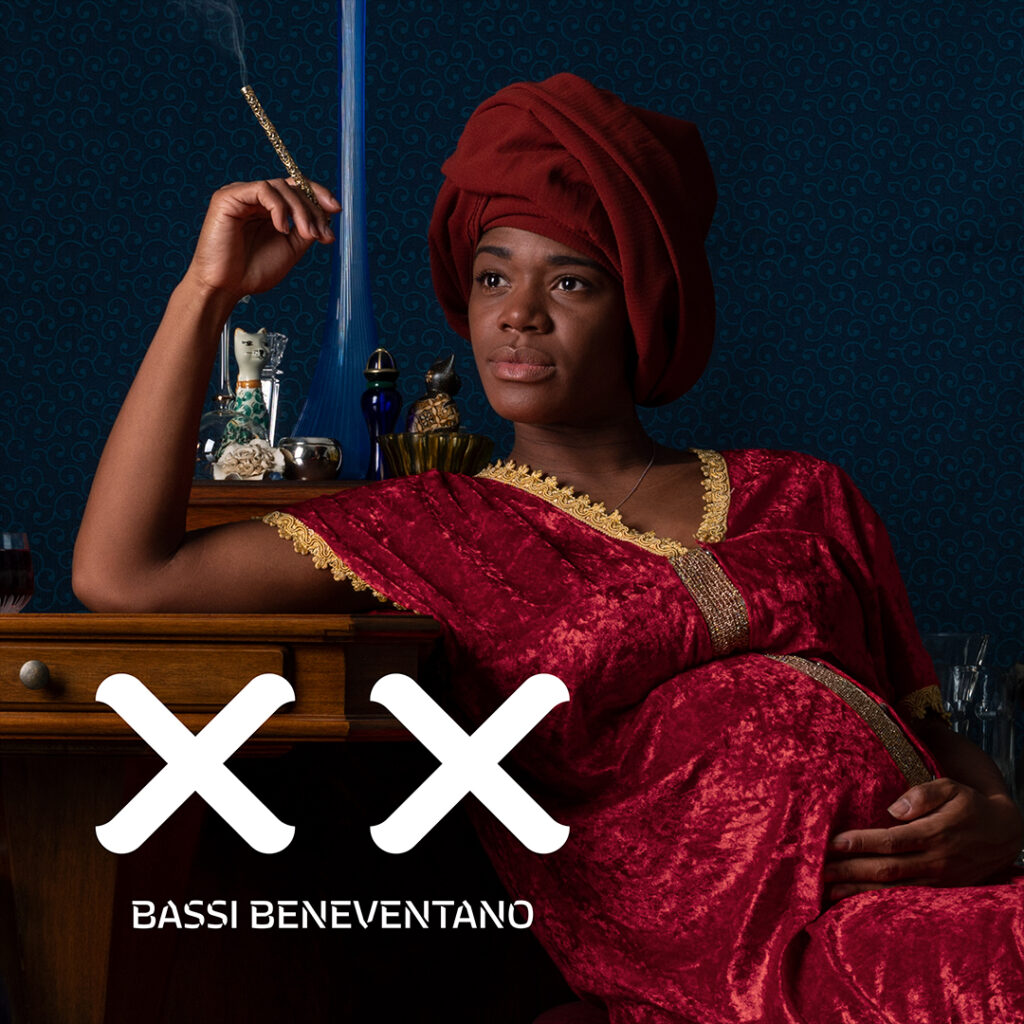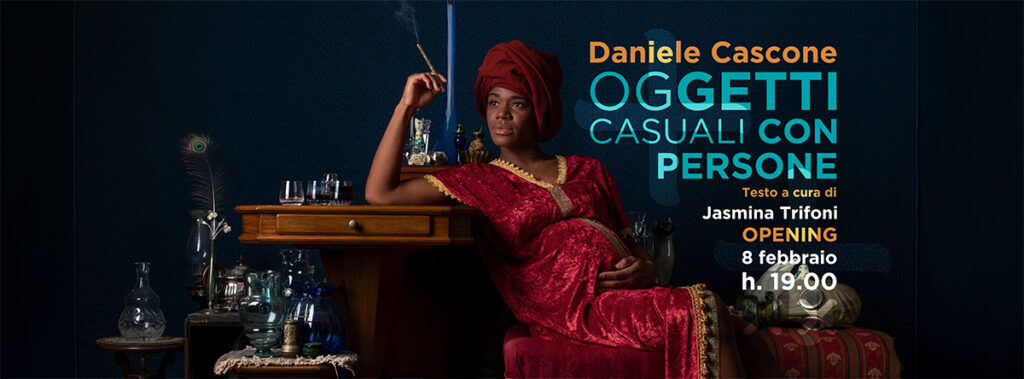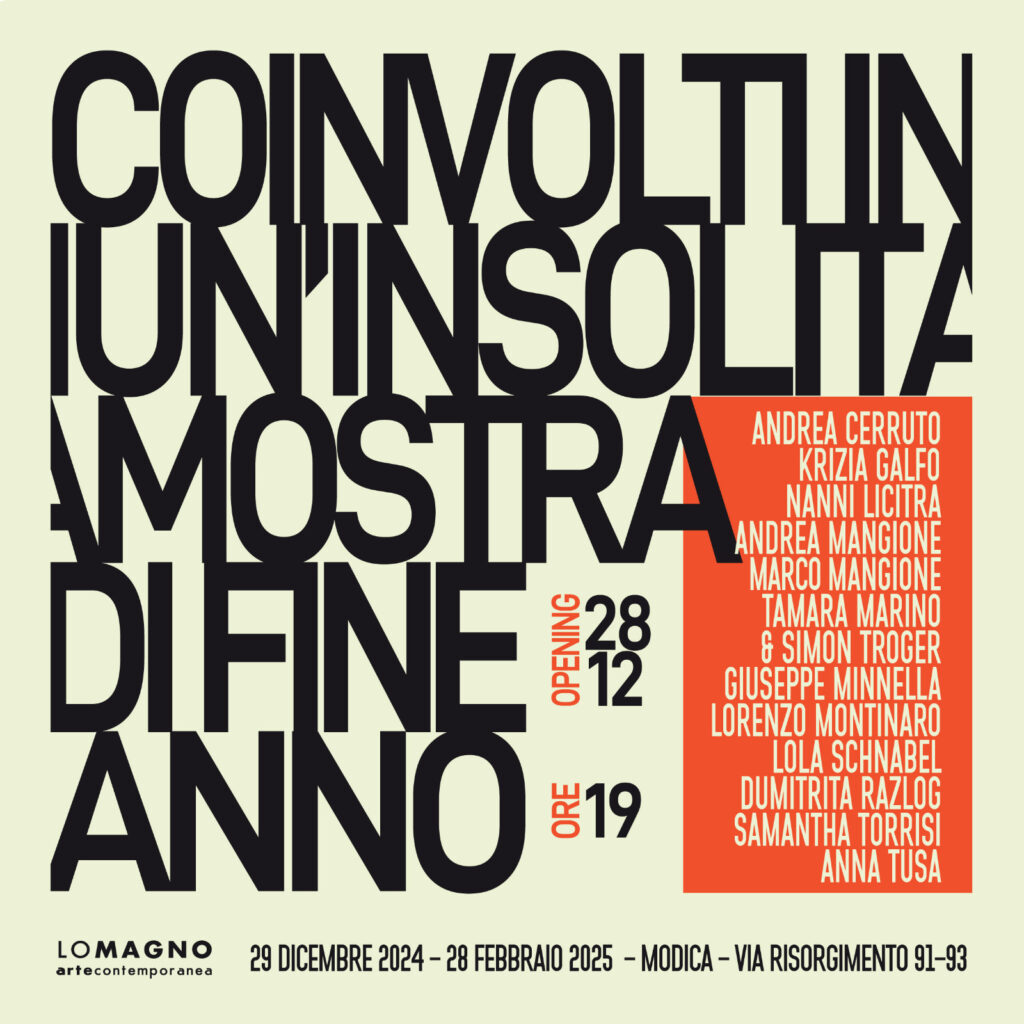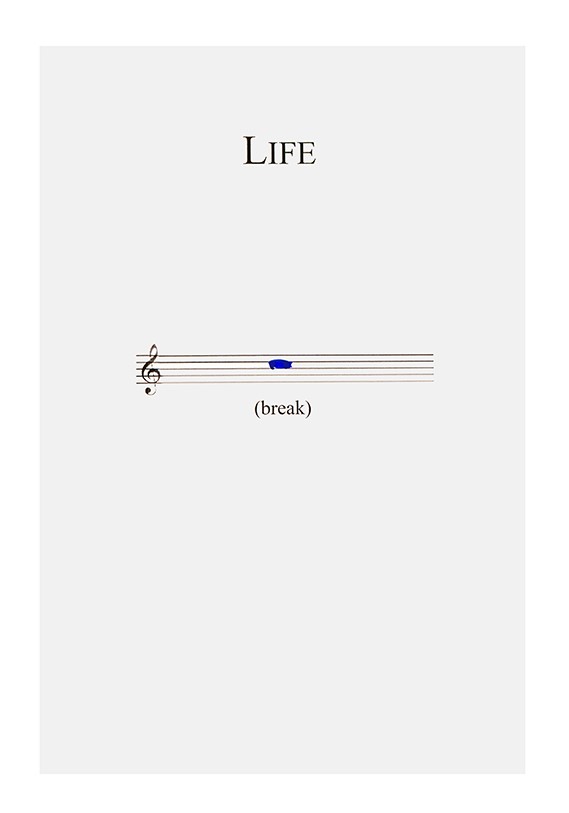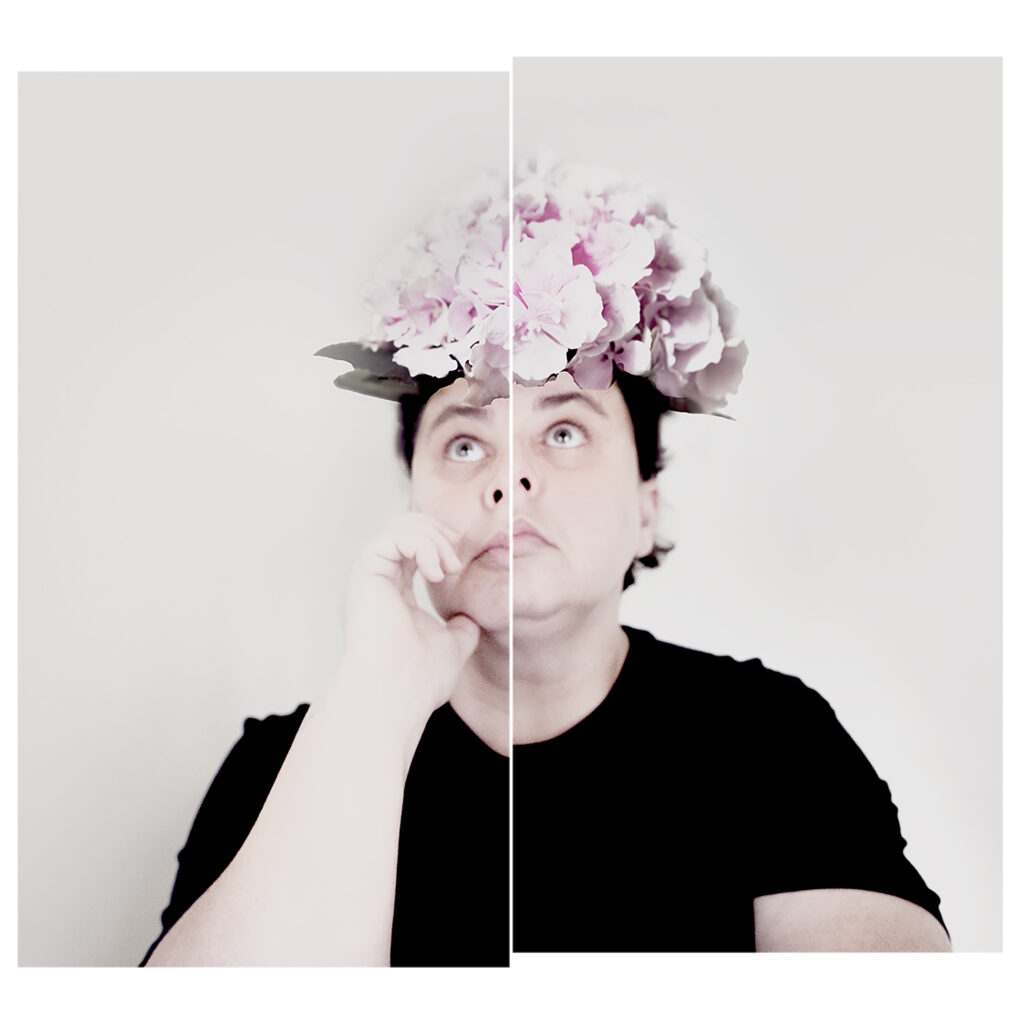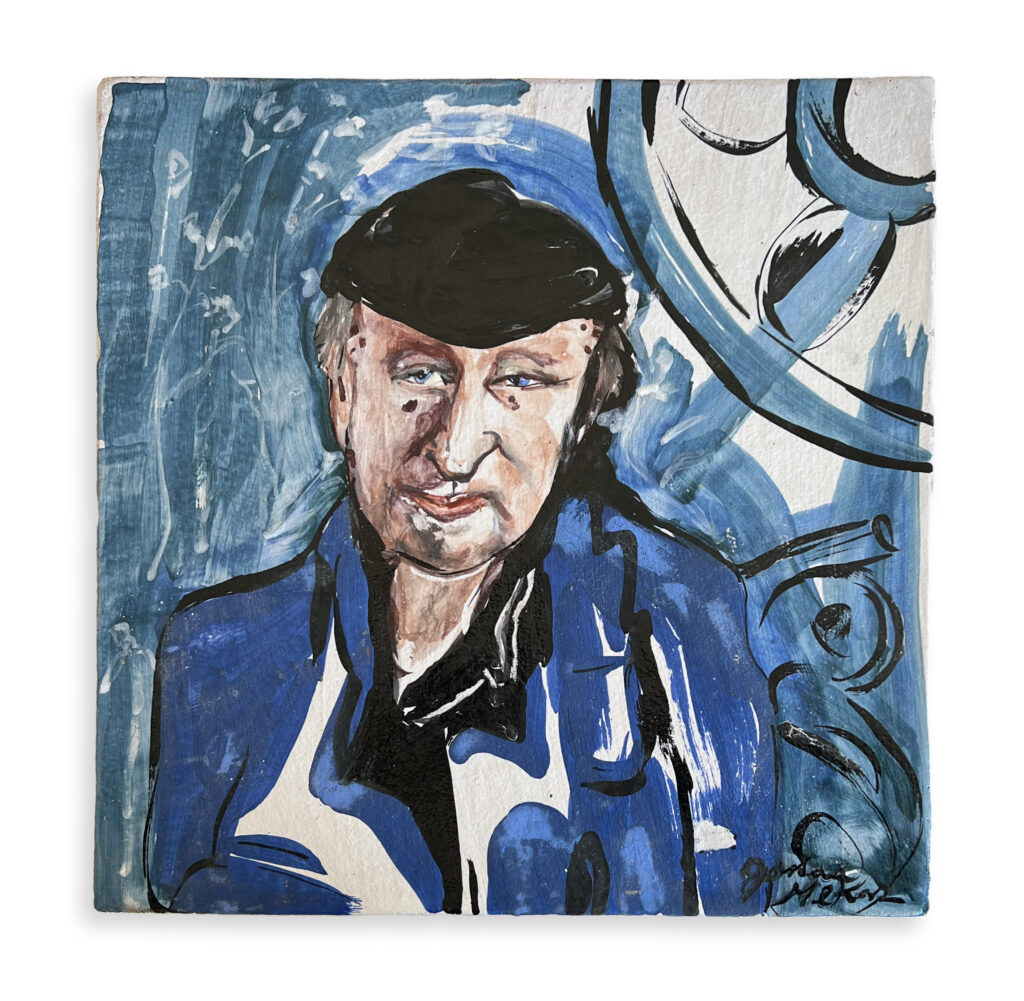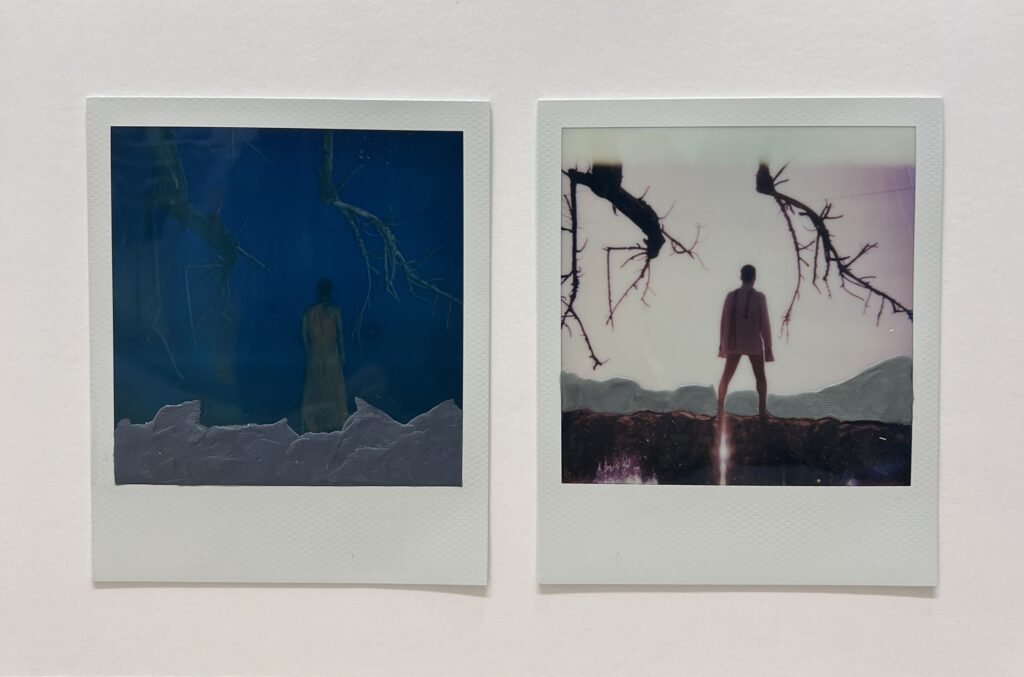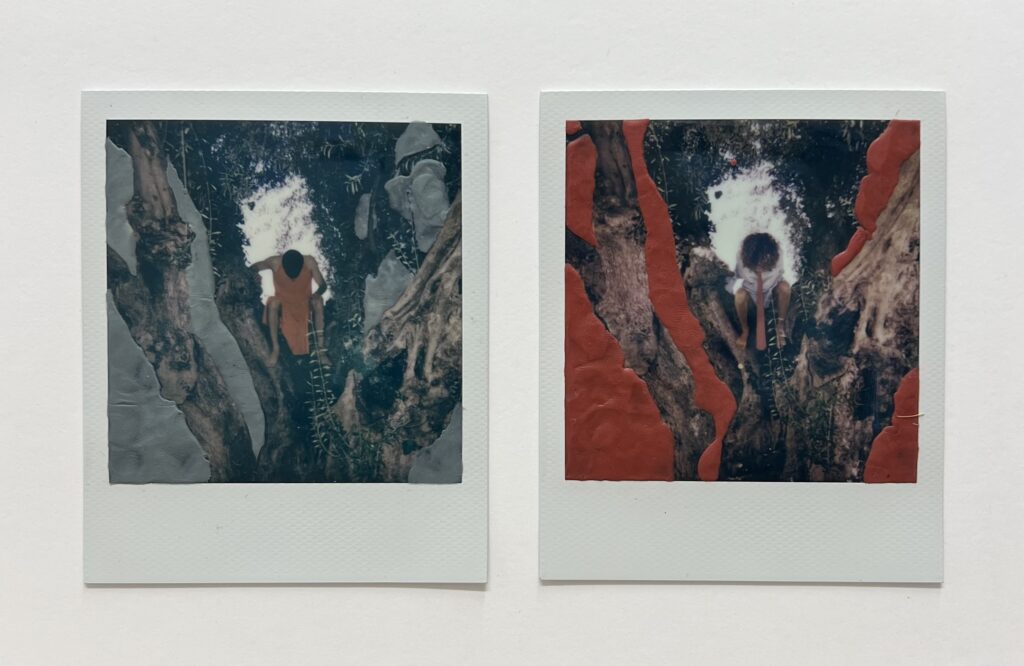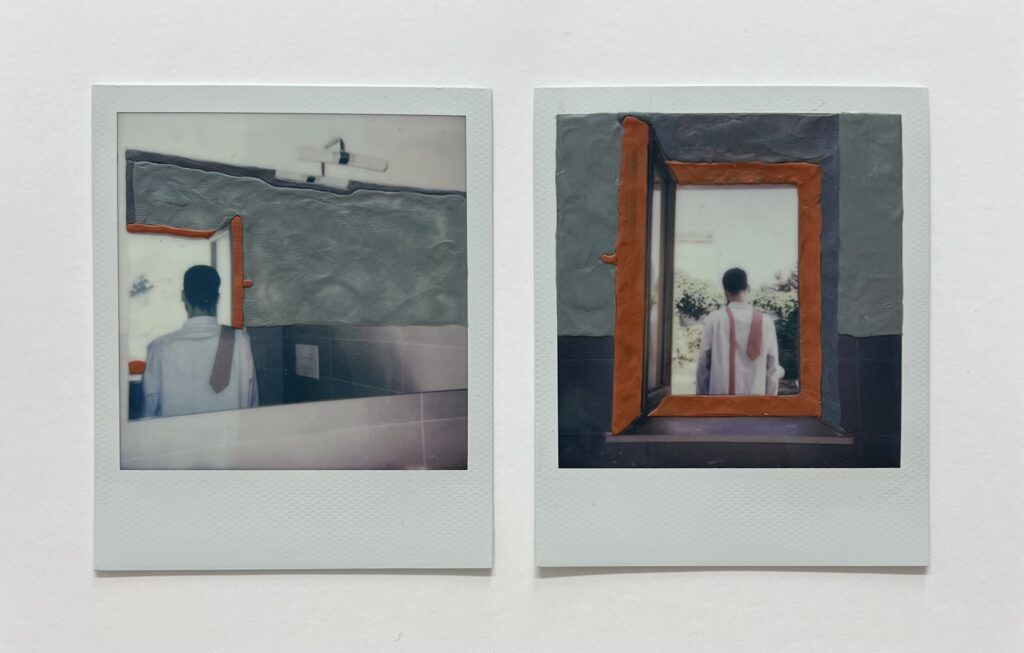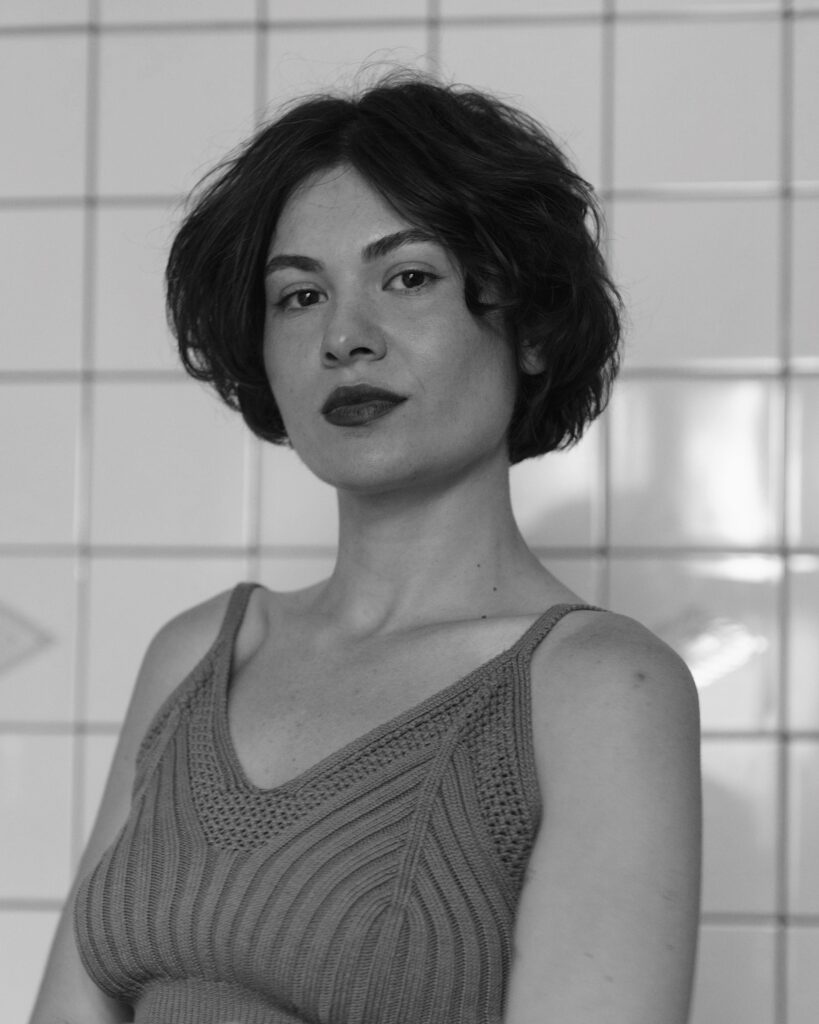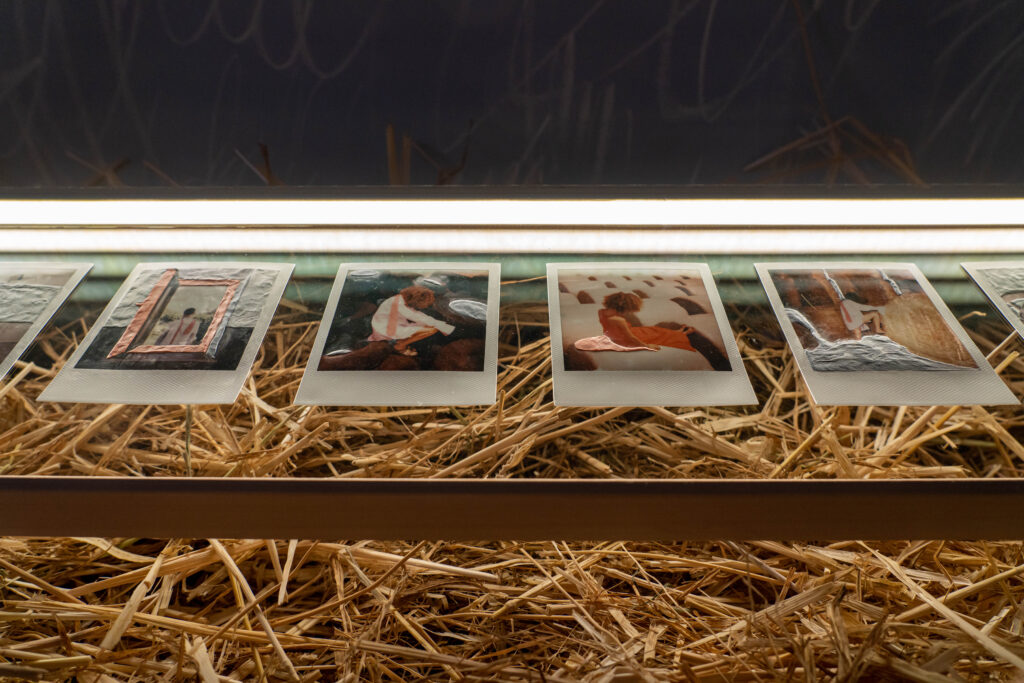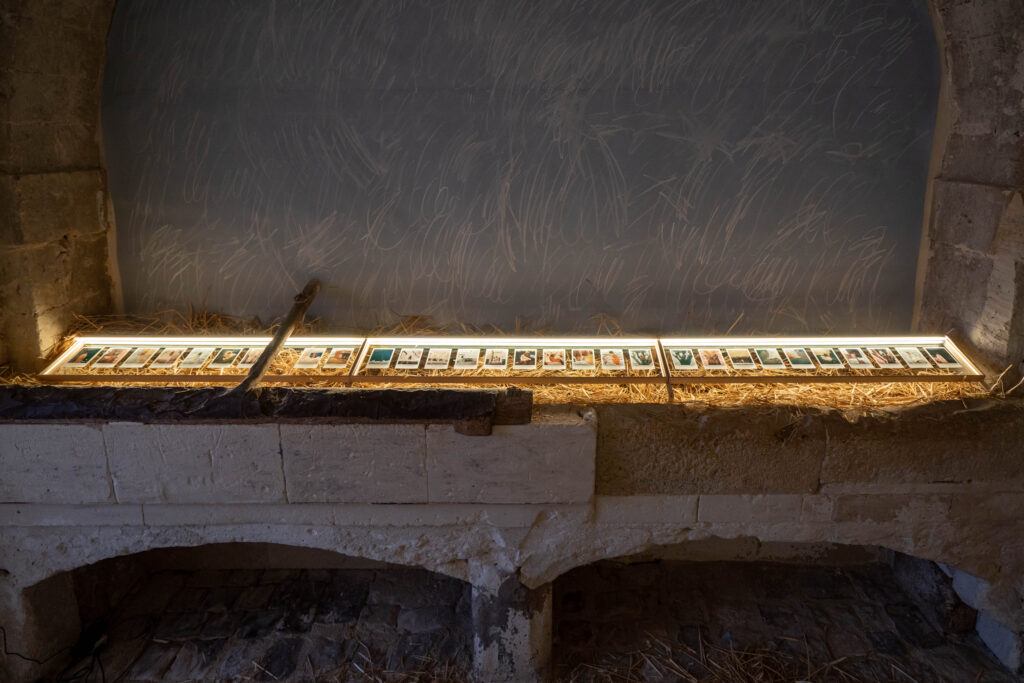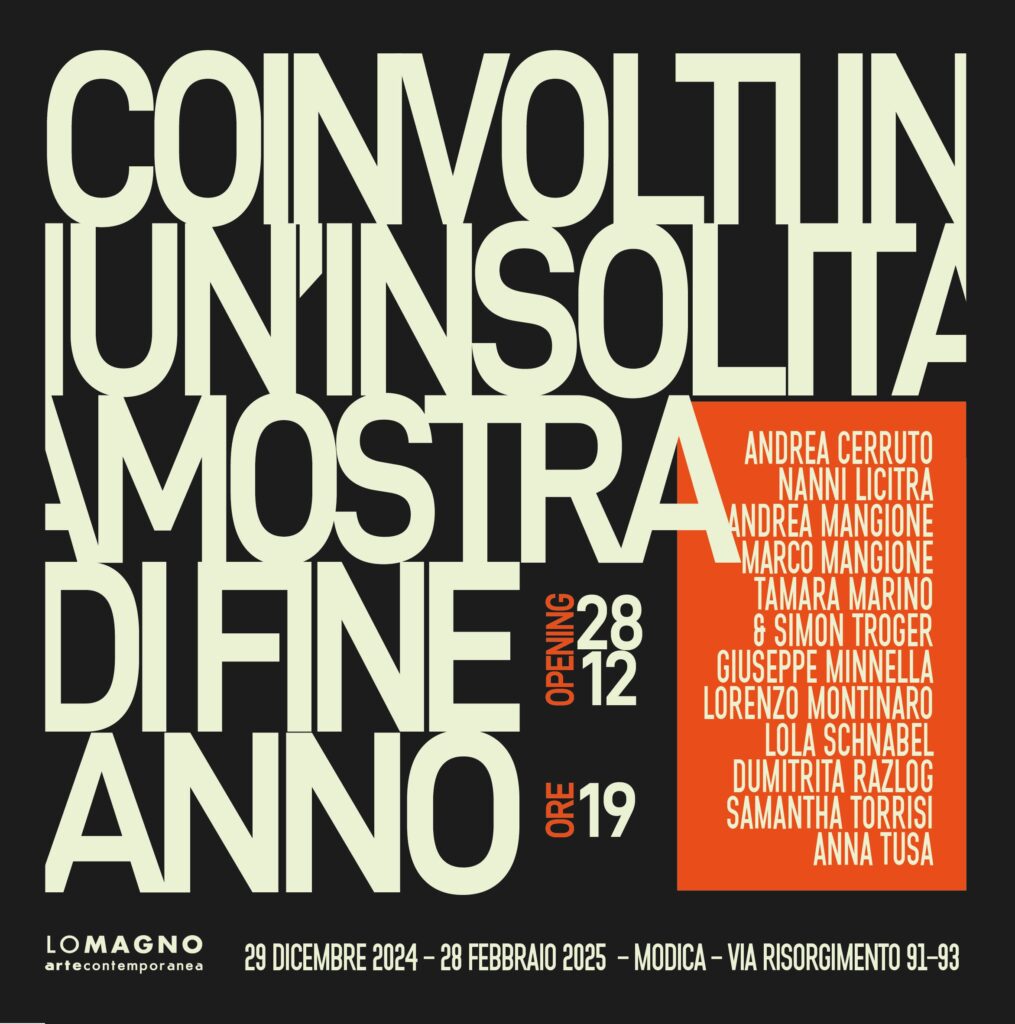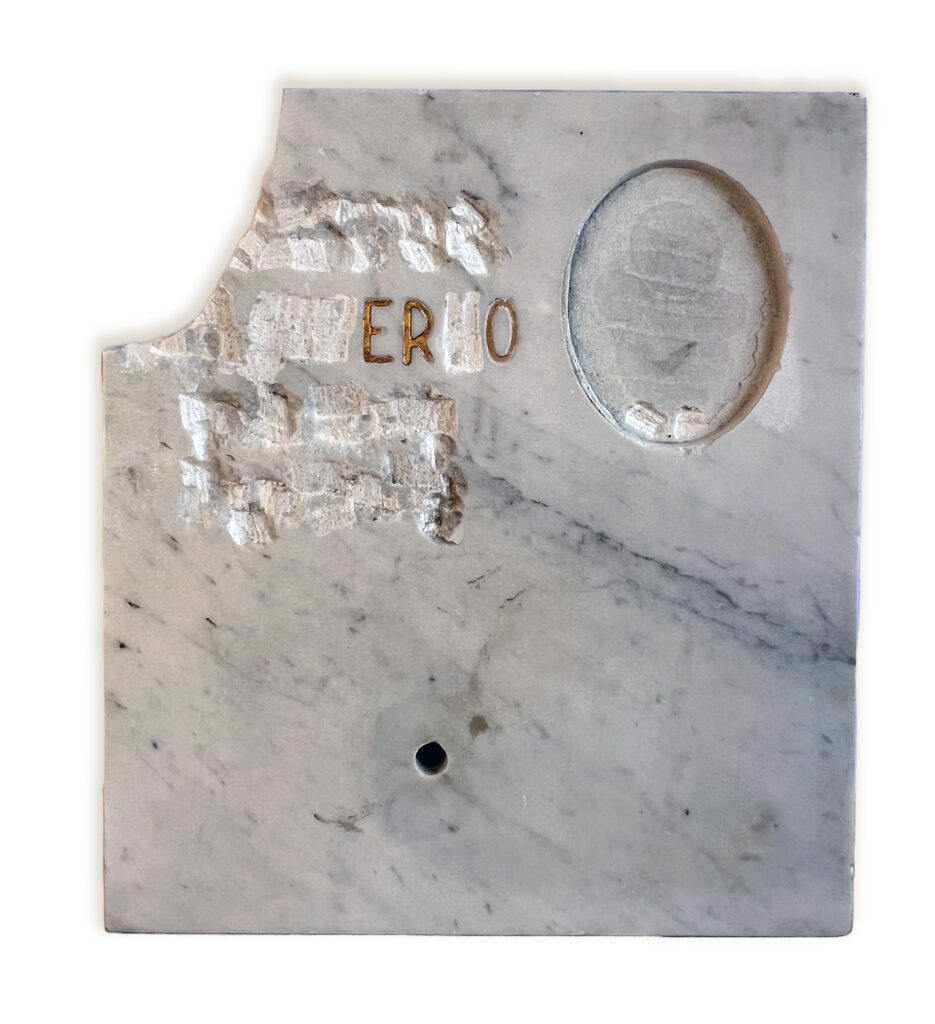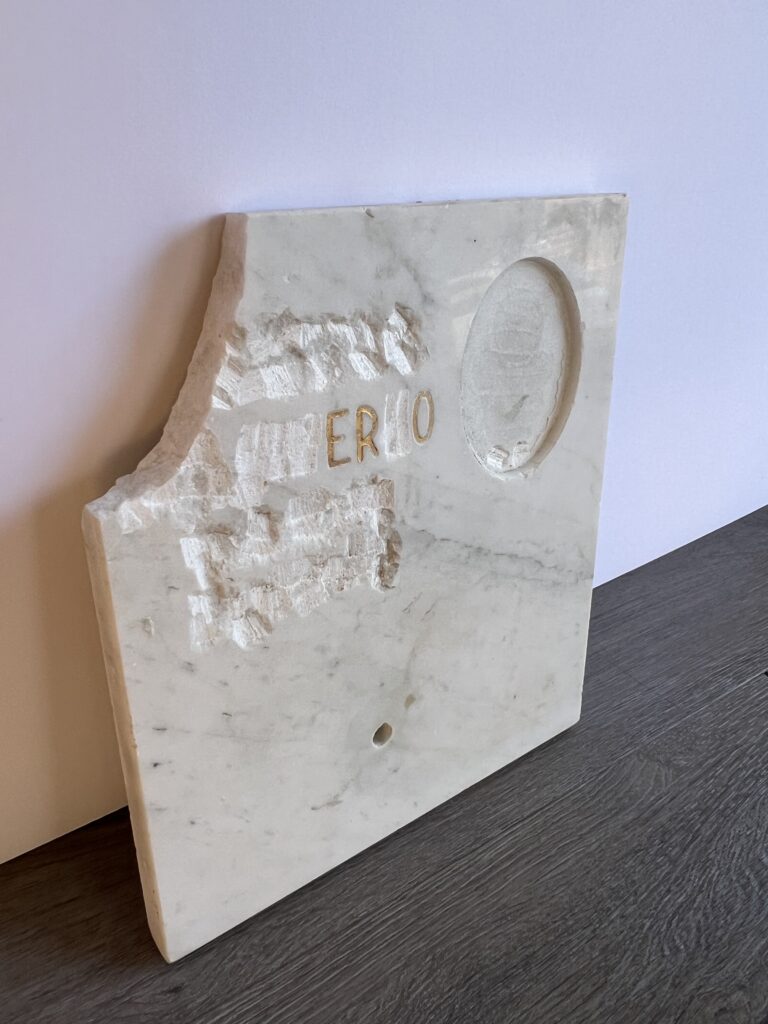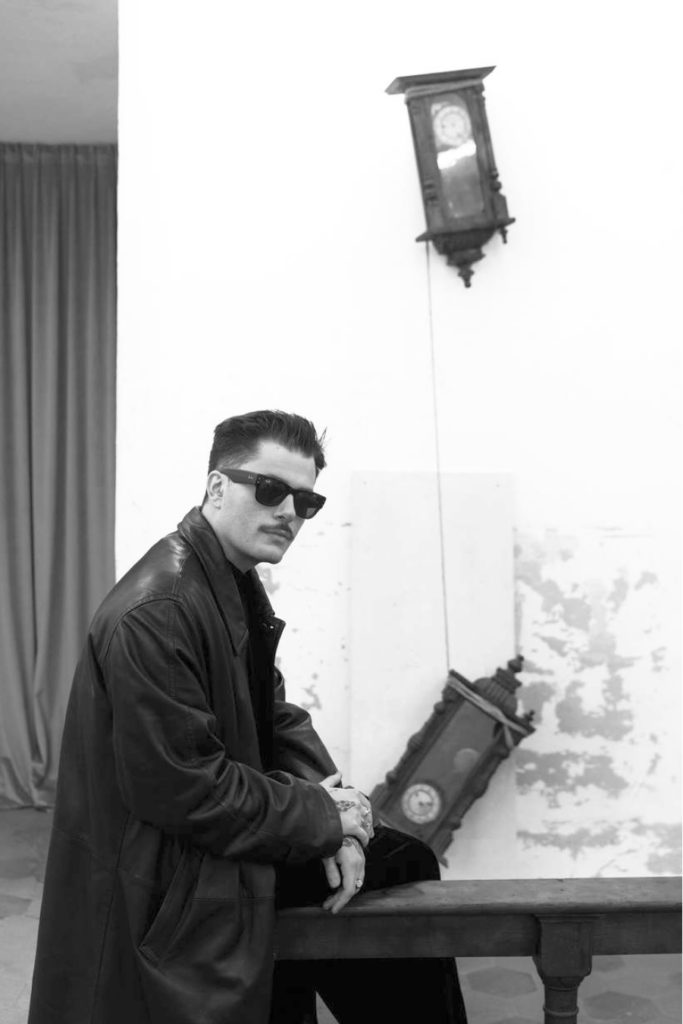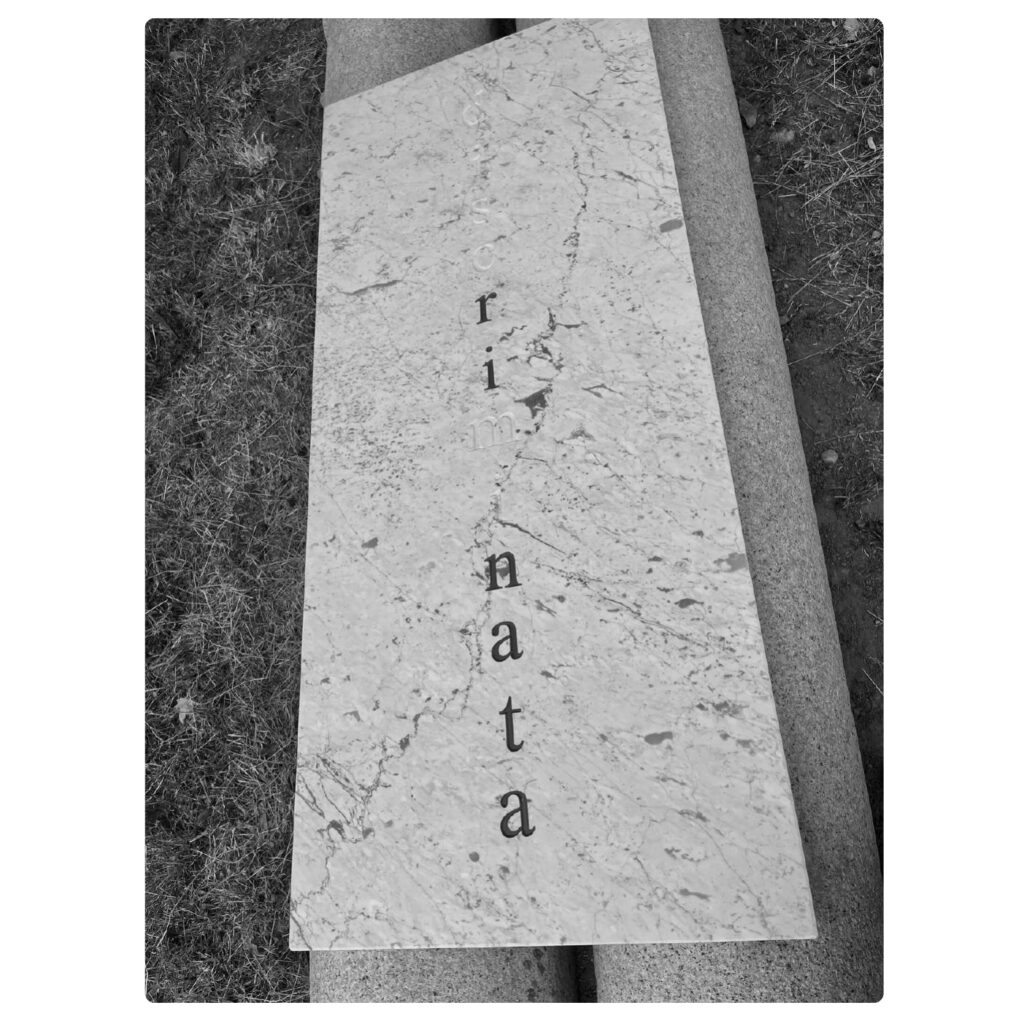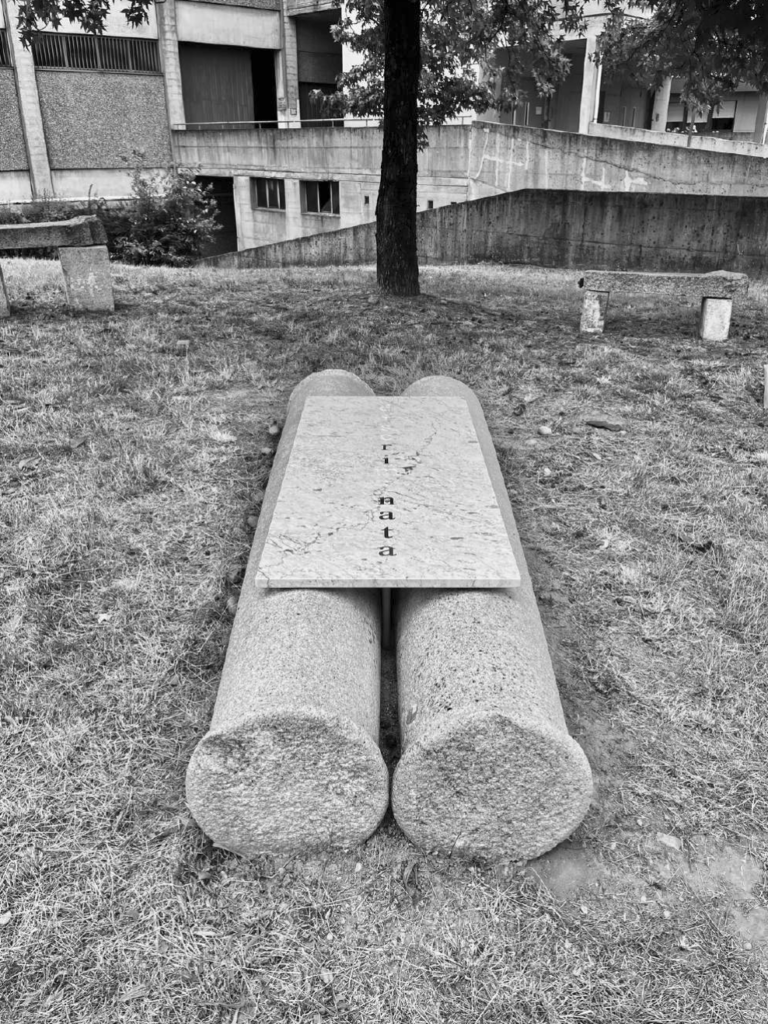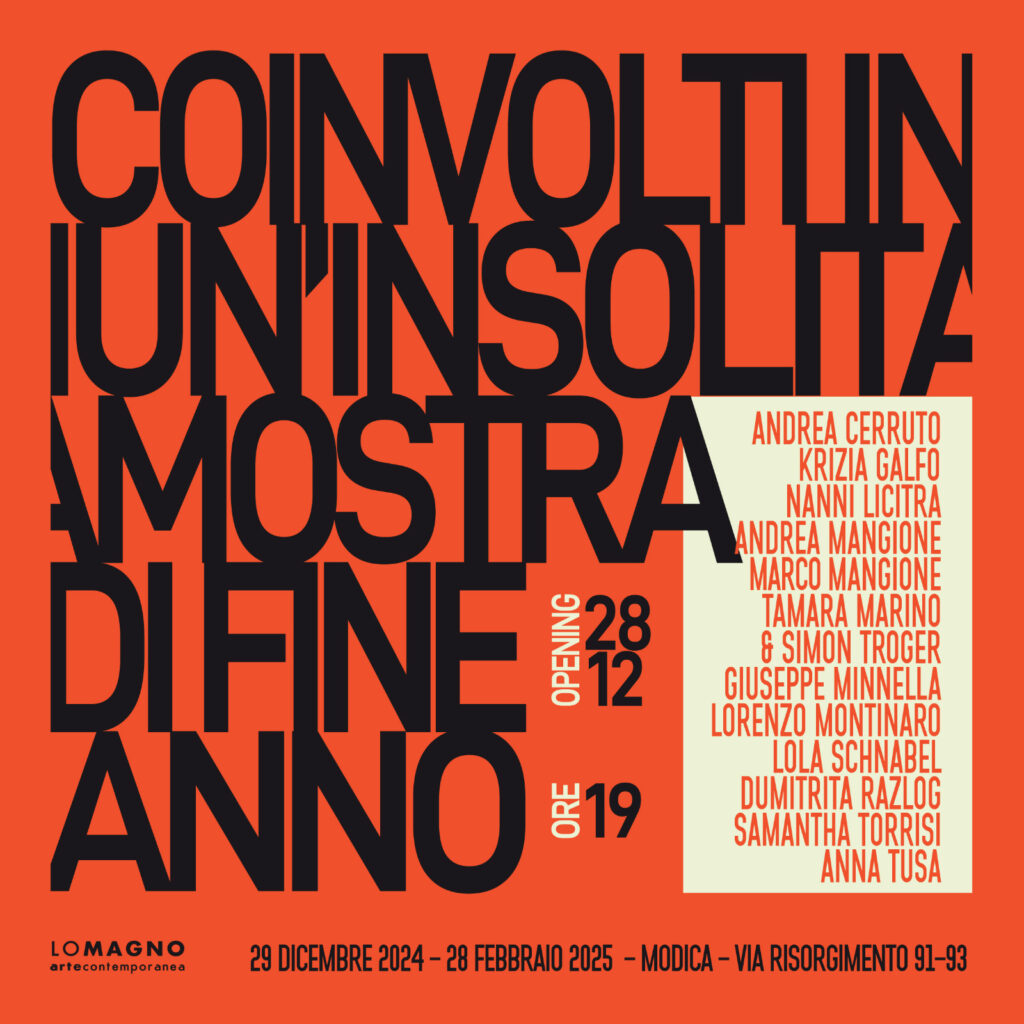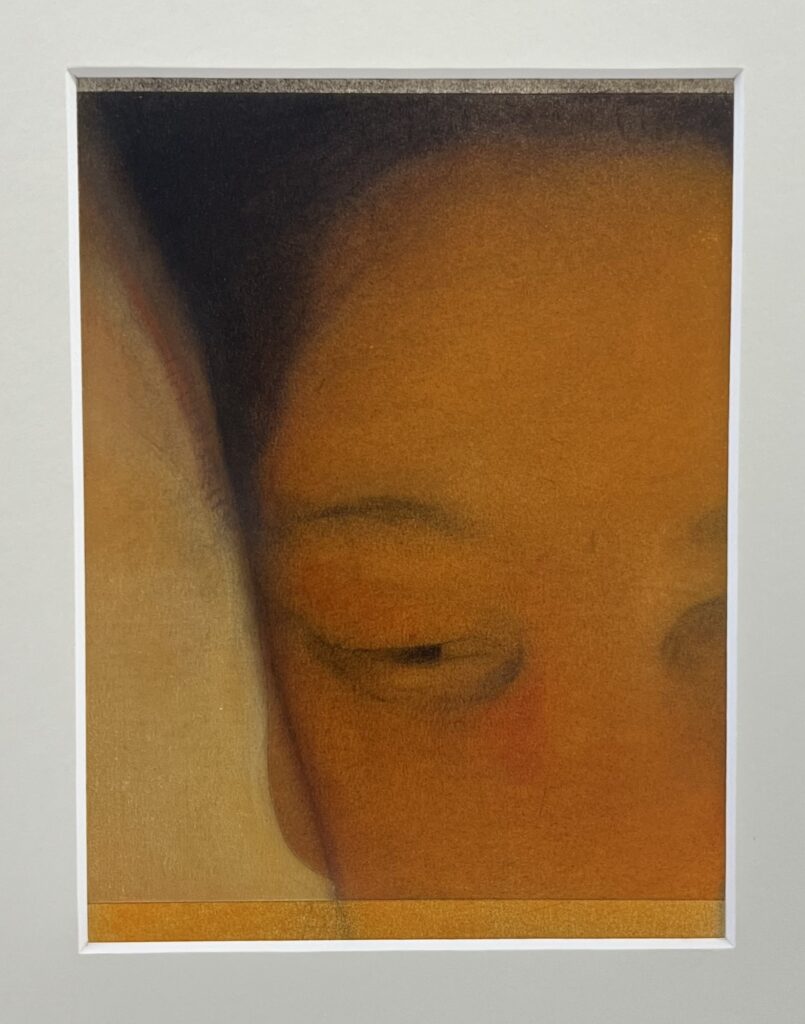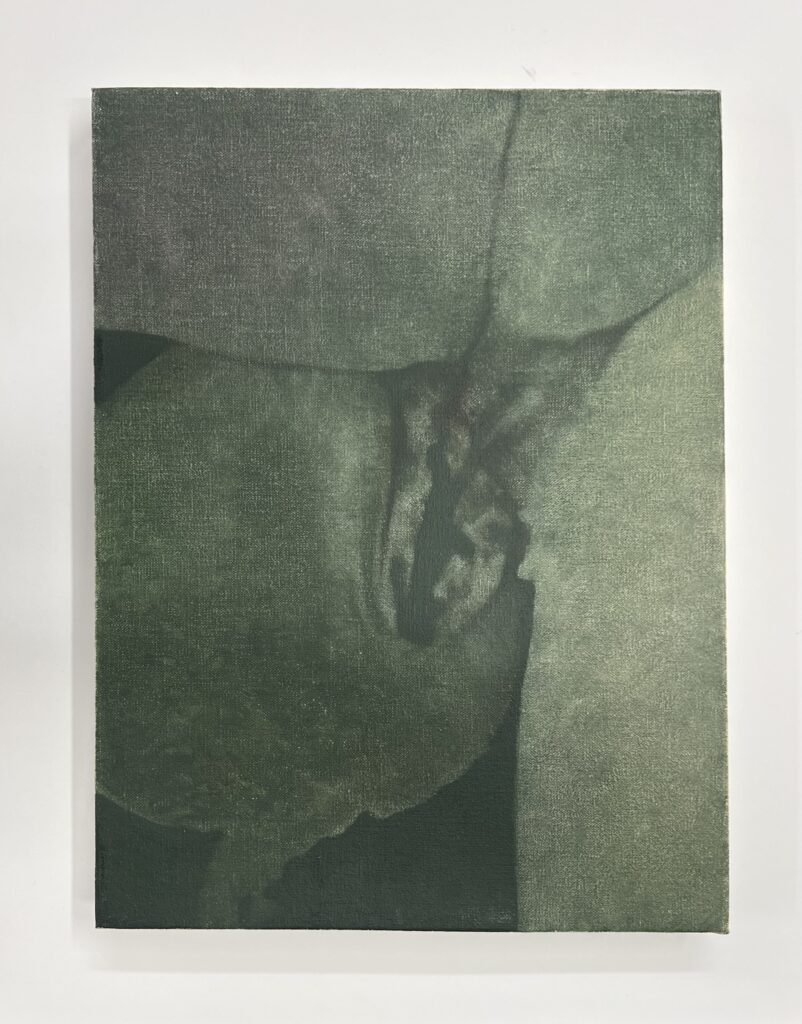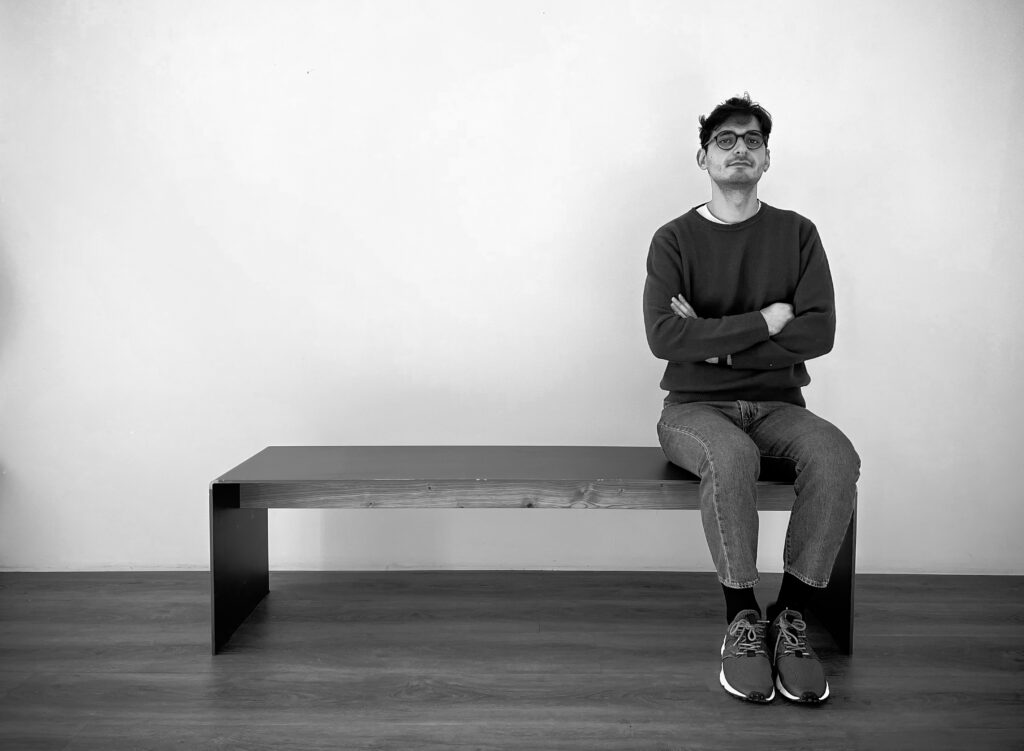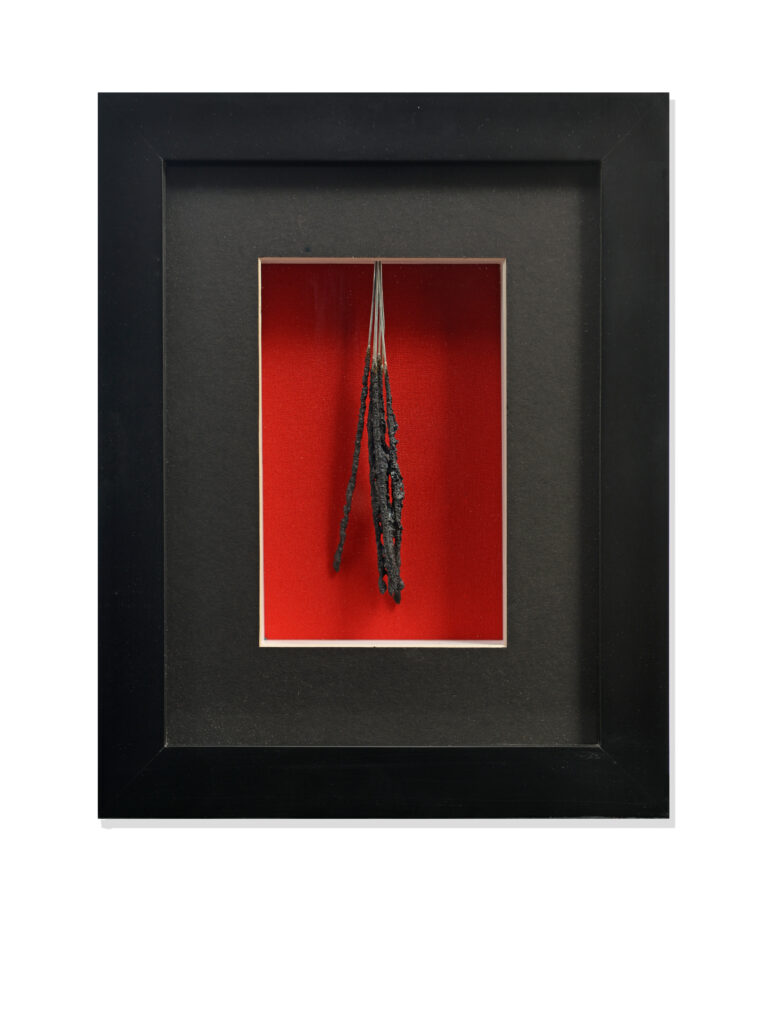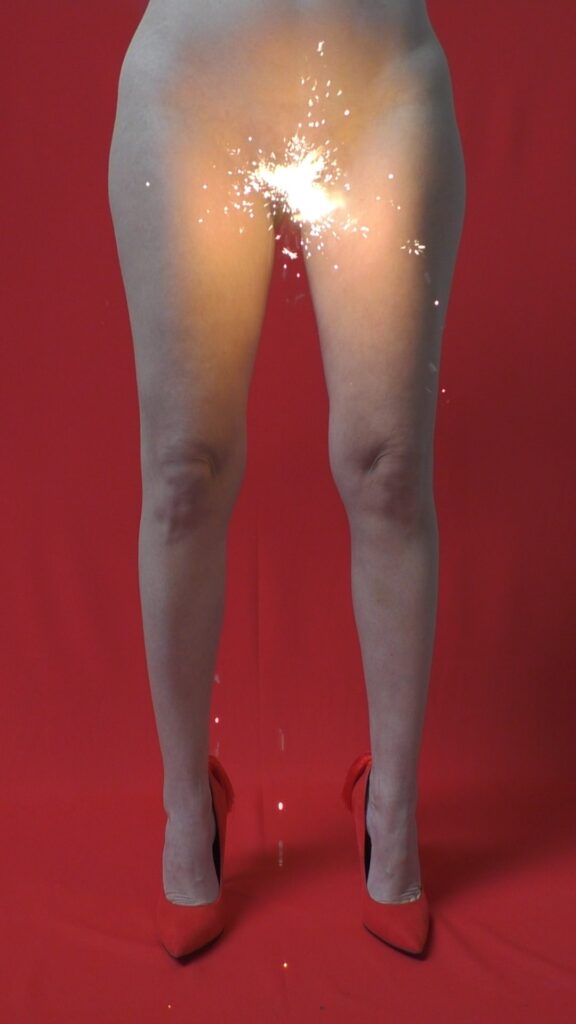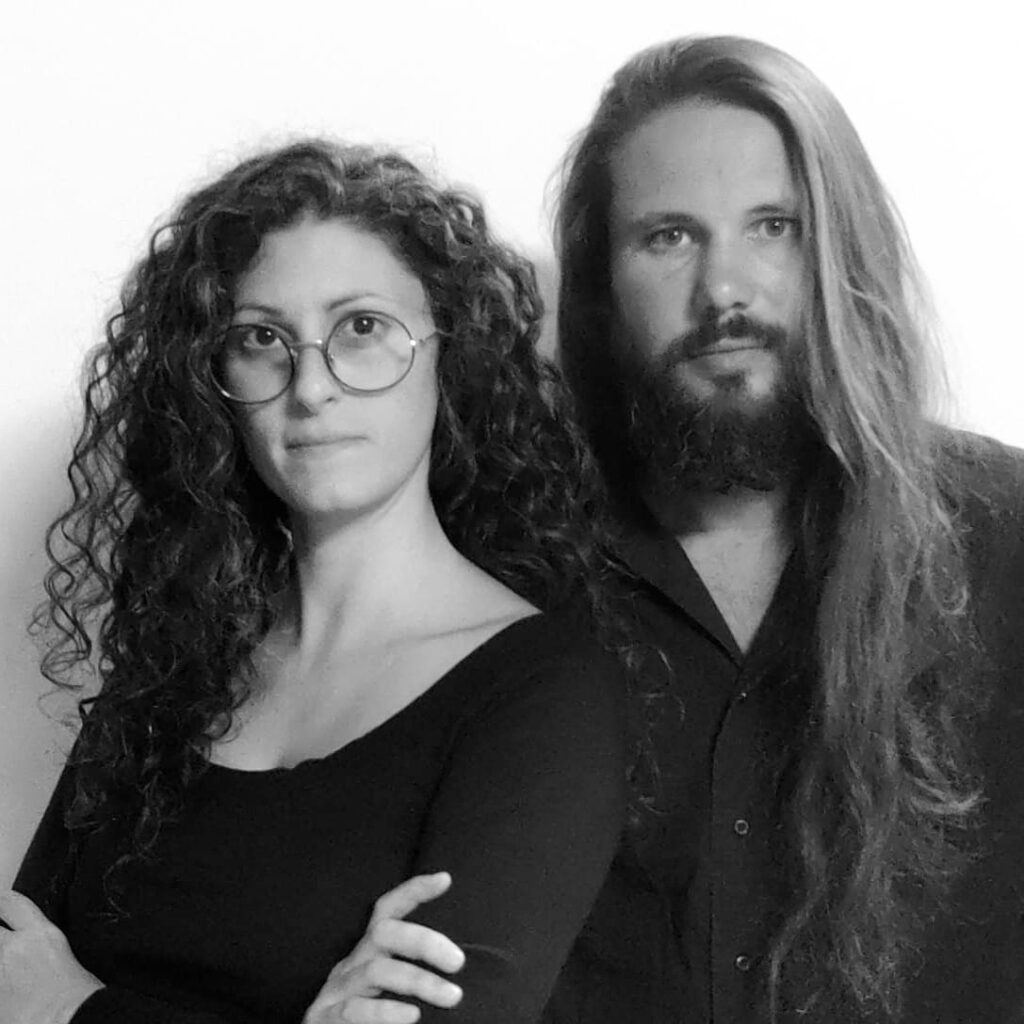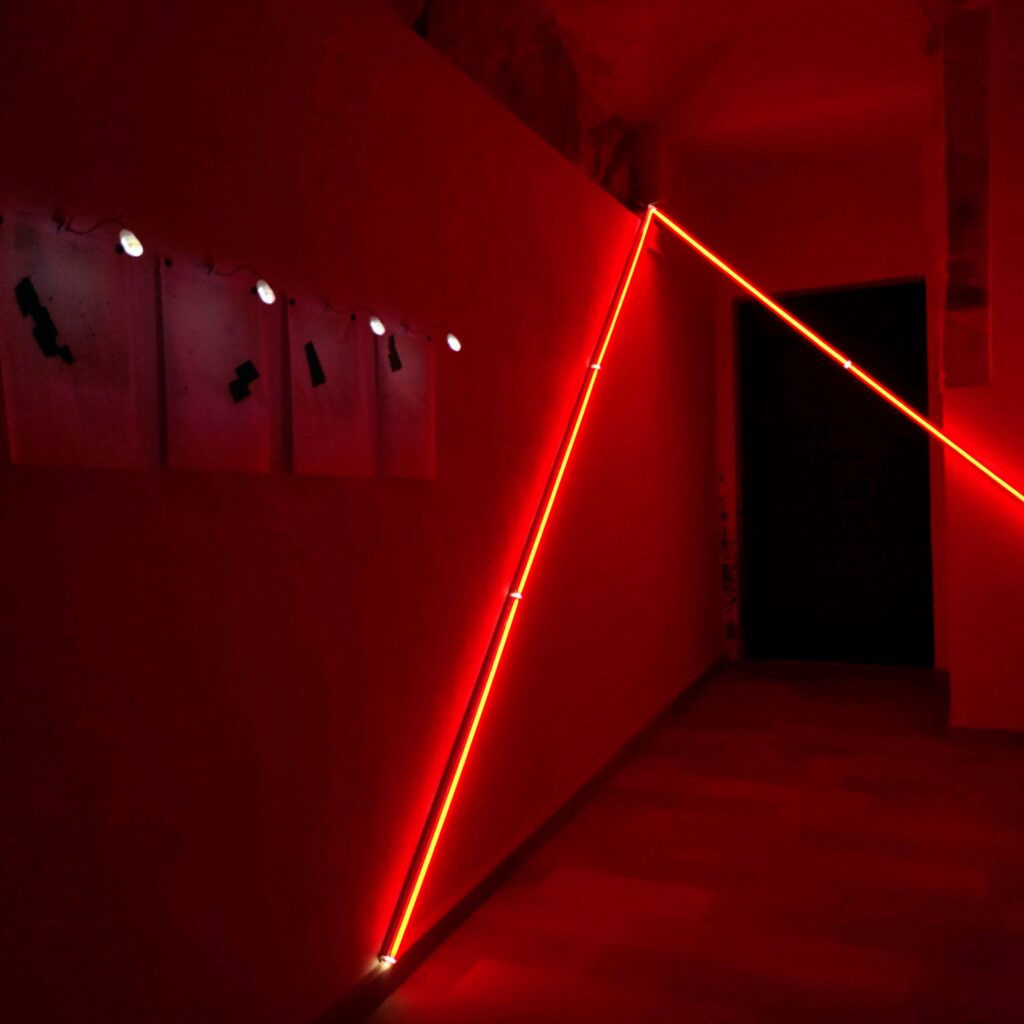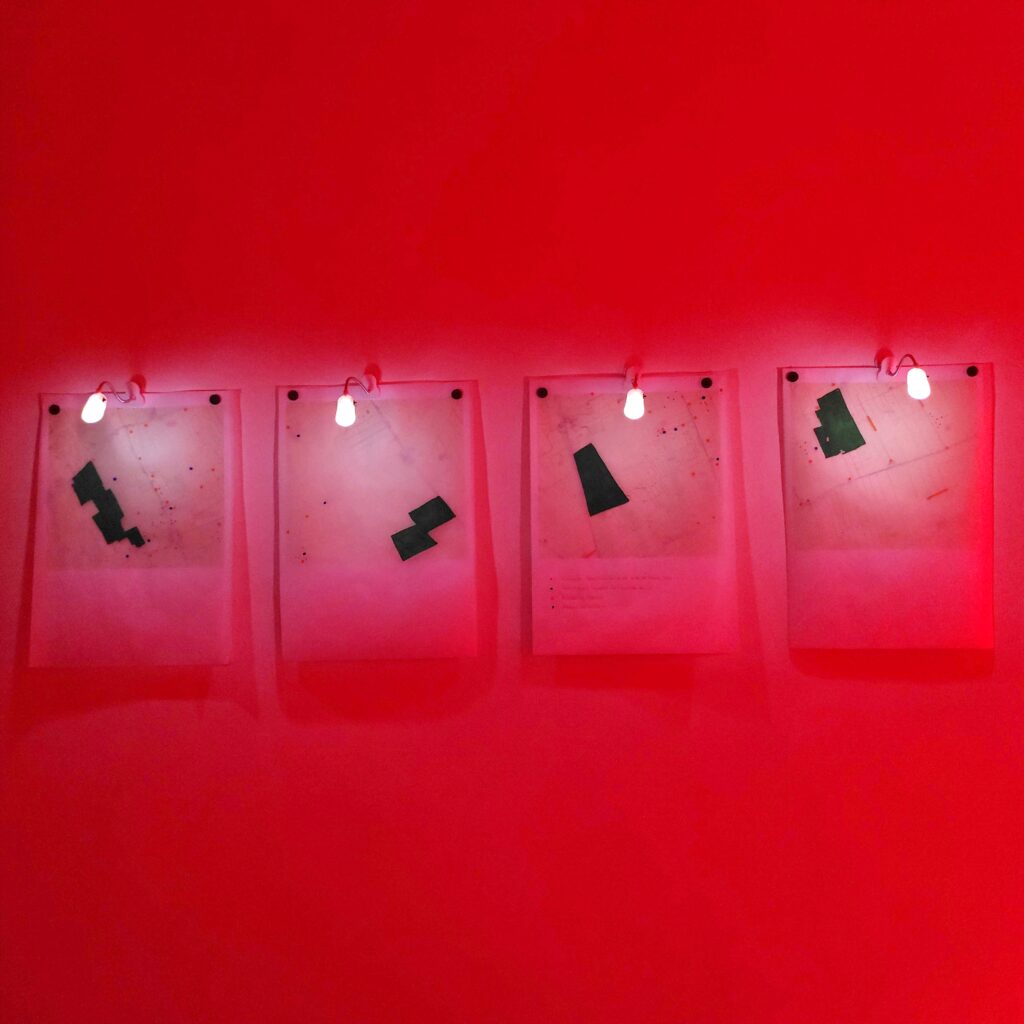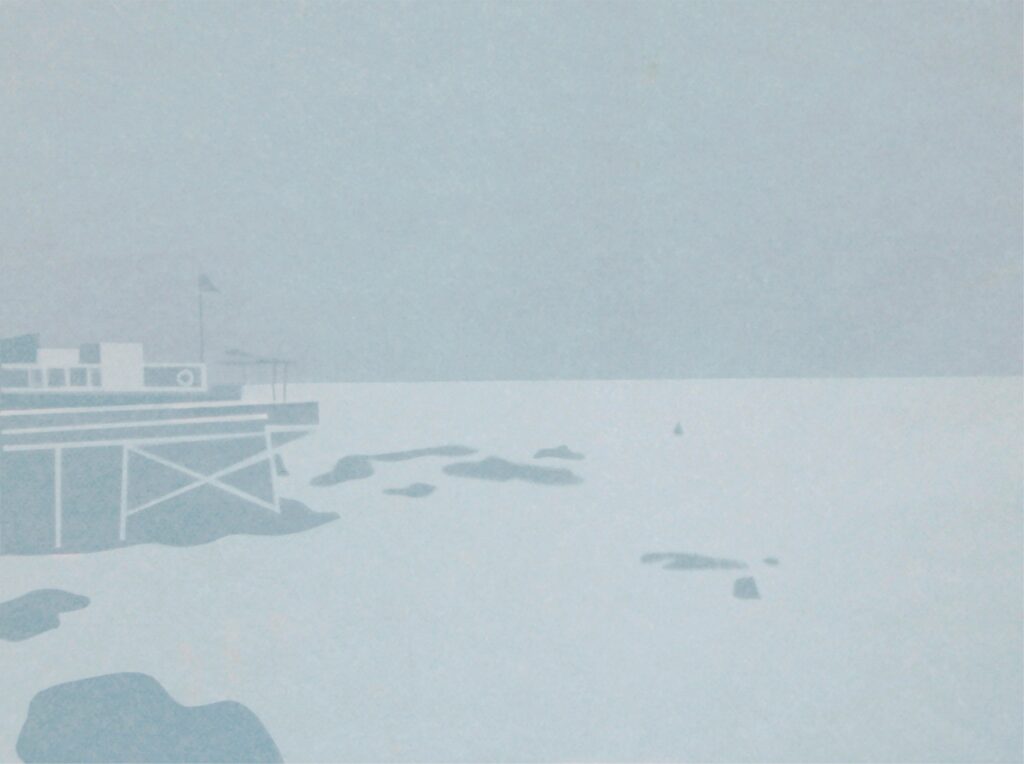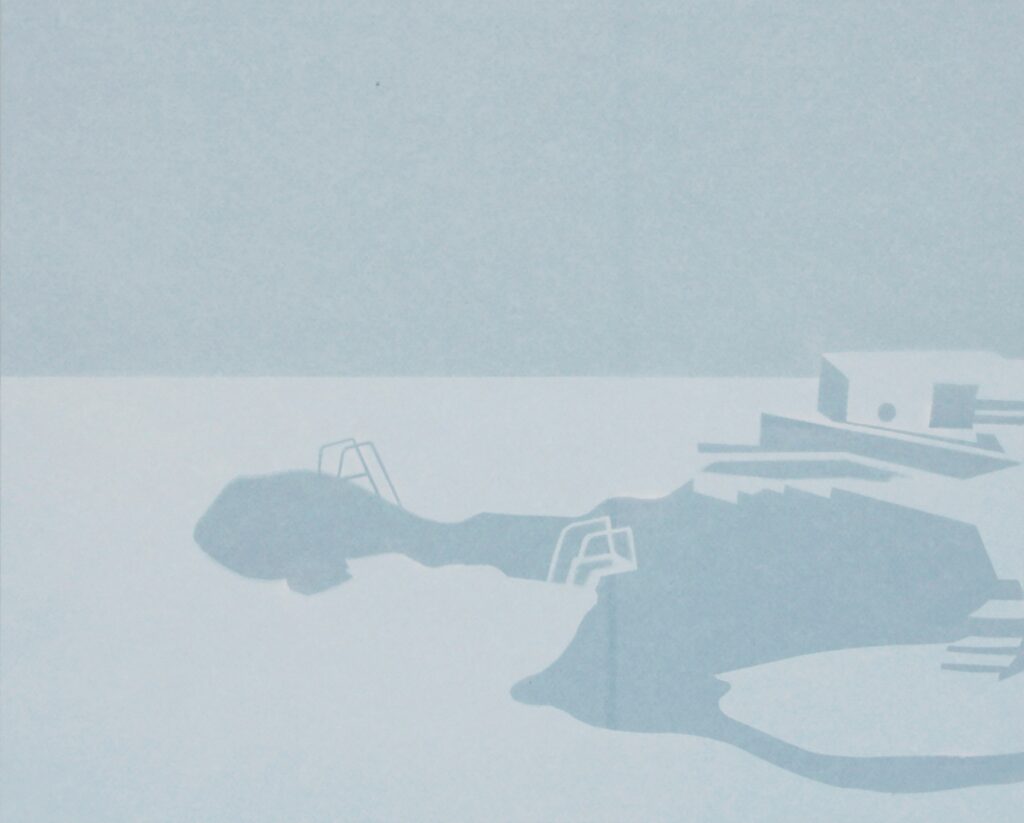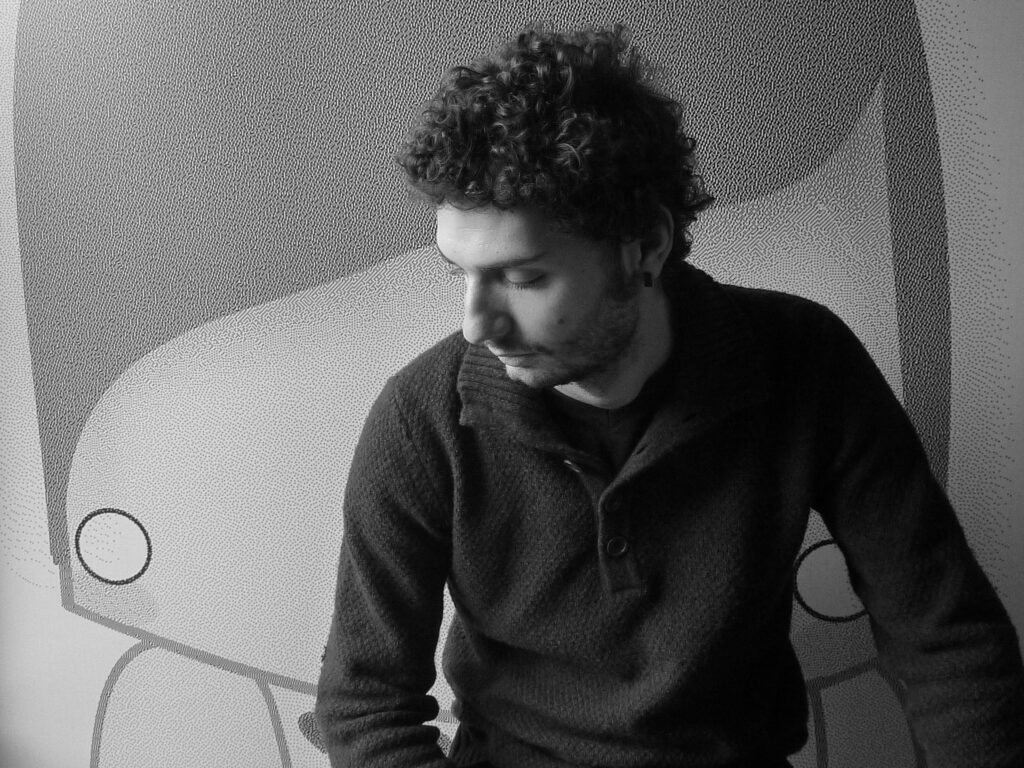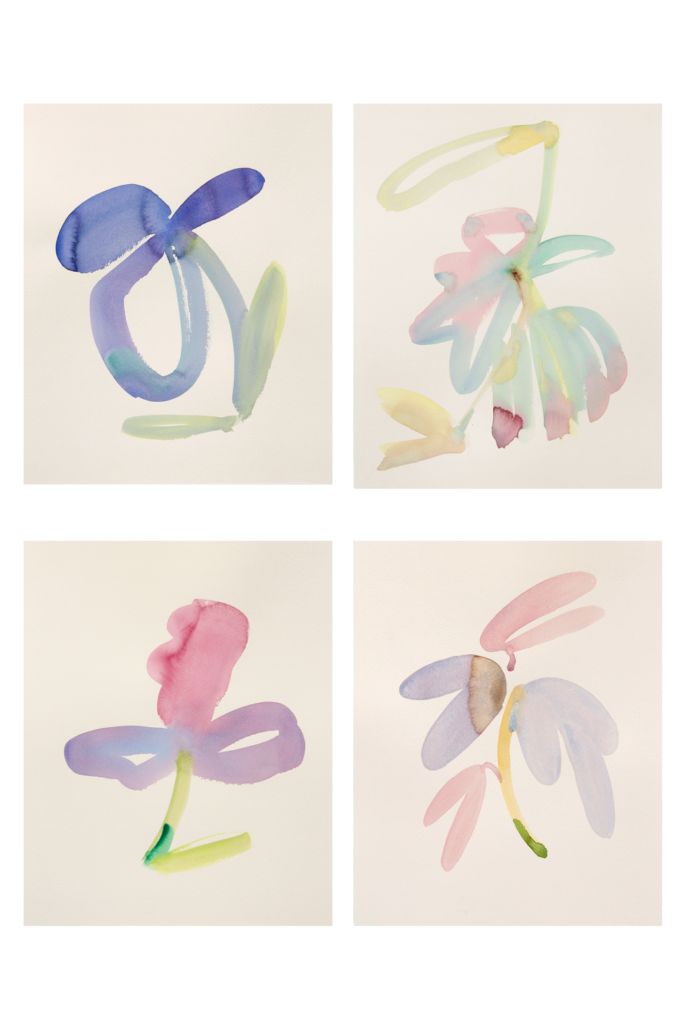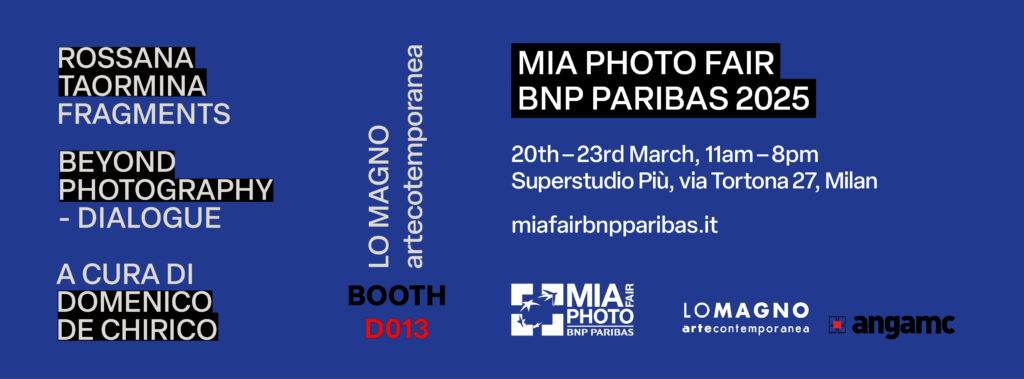
Fragments – Rossana Taormina
Opportunità di dialogo tra spazio, memoria e generazioni, le immagini fotografiche, nel tempo della postfotografia, si riconfigurano attraverso la contaminazione dei linguaggi: non sono più semplici “ritagli” di realtà, ma strutture complesse fatte di relazioni tra il visibile e l’invisibile. Fragments rappresenta questo processo universale di espansione e ridefinizione dell’immagine fotografica, intrecciandosi con la storia intima dell’artista. Un racconto che affonda le radici nella Valle del Belìce, segnata dalla devastazione del terremoto del 1968 e attraversata da un lungo processo di ricostruzione, fisica e identitaria.
In questo contesto, Taormina utilizza la fotografia trovata o recuperata come mezzo privilegiato per indagare le regole imposte dalla configurazione dello spazio e, al tempo stesso, per aprire nuove possibilità interpretative legate alle emozioni e alla complessità della percezione. Le sue opere – in costante dialogo tra installazioni e assemblage – danno vita a un tableaux che fonde esperienza visiva e memoria, attraversato da luoghi, tempi e circostanze che si richiamano e intrecciano, grazie a una raffinata perizia tecnica.
L’allestimento si articola in tre visioni principali che esplorano il rapporto tra spazio e memoria. La prima indaga il confine tra spazio naturale e antropico attraverso forme metalliche fluide che evocano transizioni e trasformazioni. La seconda intreccia frammenti architettonici e tracce di paesaggio, creando uno scenario di stratificazione visiva e simbolica. La terza introduce ago e filo, cucendo letteralmente le immagini allo spazio e alla memoria, conferendo loro un carattere intimo e tangibile.
Le opere di Fragments riflettono sulla capacità dell’immagine fotografica di attraversare tempo e spazio, espandendo il suo significato oltre la superficie visiva. La narrazione si sviluppa attraverso memoria e territorio, trasformando l’esperienza personale dell’artista in una dimensione universale.
Il progetto sottolinea la natura frammentaria della costruzione della memoria e dell’identità, sia personale che collettiva, nel momento in cui si confronta con le dinamiche e i fraintendimenti della comunità. In questo senso, l’artista invita a riflettere sulla fluidità dell’immagine rievocata e sulle implicazioni inevitabili che questo processo ha nella percezione di sé e del gruppo sociale di appartenenza. Una riflessione sulla memoria, individuale e collettiva, e sulla sua costante rielaborazione attraverso emozioni, stratificazioni culturali e giochi di potere. Perché, in fondo, un’immagine, pur tangibile, può sempre sfuggirci.
Fragments – Rossana Taormina
A space for dialogue between memory, space, and generations, photographic images, in the age of post-photography, are reshaped through the contamination of different languages. No longer mere “fragments” of reality, they become complex structures woven from the relationships between the visible and the invisible. Fragments embodies this universal process of expansion and redefinition of photographic imagery, intertwining with the artist’s personal history. A narrative deeply rooted in the Belìce Valley, scarred by the devastation of the 1968 earthquake and marked by a long process of physical and identity reconstruction.
Within this framework, Taormina employs found or recovered photography as a privileged means to investigate the rules imposed by spatial configuration while simultaneously opening new interpretative possibilities tied to emotions and the complexity of perception. Her works—constantly oscillating between installation and assemblage—create a tableaux where visual experience and memory merge, intersecting places, times, and circumstances that echo and intertwine, brought to life through her refined technical expertise.
The exhibition unfolds through three main visions exploring the relationship between space and memory. The first examines the boundary between natural and man-made space through fluid metallic forms that evoke transitions and transformations. The second weaves together architectural fragments and landscape traces, creating a scenario of visual and symbolic stratification. The third introduces needle and thread, literally stitching images into space and memory, giving them an intimate and tangible presence.
The works in Fragments serve as a reflection on the ability of photographic imagery to transcend time and space, expanding its meaning beyond the visual surface. The narrative unfolds through memory and territory, transforming the artist’s personal experience into a universal dimension.
The project highlights the fragmented nature of memory and identity construction, both personal and collective, as they intersect with the complexities and misunderstandings of community. In this sense, the artist invites us to reflect on the fluidity of the recalled image and the inevitable implications of this process in shaping self-perception and collective identity. A reflection on memory—both individual and collective—and its constant reconfiguration through emotions, cultural layering, and power dynamics. Because, ultimately, even the most tangible image can still elude us.
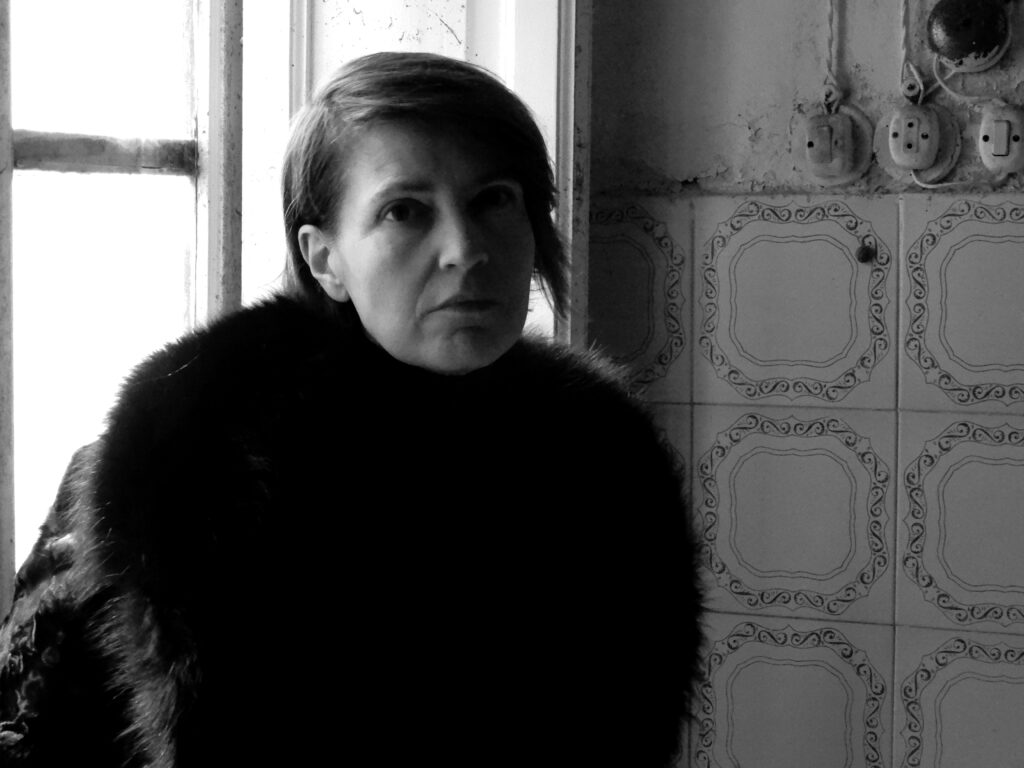
Rossana Taormina (Partanna, 1972)
Attualmente vive e lavora a Palermo.
Nata in un piccolo paese della Valle del Belìce, segnato dal terremoto del 1968, cresce in un contesto di continua ri-progettazione urbana, assistendo a profondi cambiamenti del paesaggio. Questa esperienza segna la sua sensibilità e identità, portandola a sviluppare un forte interesse per la memoria e per gli strumenti che ne garantiscono la continuità.
Diplomata in Belle Arti, dal 2011 si dedica esclusivamente alla ricerca artistica. Ha partecipato a numerose mostre in Italia e all’estero, oltre a importanti fiere d’arte, tra cui Roma Arte in Nuvola (2024), Arte Fiera Bologna (2021, 2022, 2023) e SWAB Barcelona Contemporary Art Fair (2019). Nel 2023 è tra gli artisti invitati alla IV edizione del Gibellina Photoroad – Open Air & Site-Specific Festival.
Nel 2025 presenta una mostra personale Il posto più bello del Mondo a cura di Enzo Fiammetta presso la Fondazione Orestiadi a Gibellina (TP) e partecipa nello stand Lo Magno artecontemporanea a Investec Cape Town Art Fair 12^edizione, Città del Capo, Sudafrica.
Attualmente, il suo lavoro è presente nella mostra Pinakothek’a, curata da S. Troisi e A. Pinto, presso la Fondazione Sant’Elia.
——————-
EN
Rossana Taormina (Partanna, 1972) currently lives and works in Palermo.
Born in a small town in the Belìce Valley, deeply affected by the 1968 earthquake, she grew up in a landscape undergoing continuous urban redevelopment, witnessing radical transformations in her surroundings. This experience shaped her sensitivity and identity, leading her to develop a profound interest in memory and the tools that ensure its continuity.
After earning a degree in Fine Arts, she has dedicated herself exclusively to artistic research since 2011. Her work has been featured in numerous exhibitions in Italy and abroad, as well as in major art fairs, including Roma Arte in Nuvola (2024), Arte Fiera Bologna (2021, 2022, 2023), and SWAB Barcelona Contemporary Art Fair (2019). In 2023, she was among the invited artists at the IV edition of Gibellina Photoroad – Open Air & Site-Specific Festival.
In 2025 she presented a solo show Il posto più bello del Mondo curated by Enzo Fiammetta at Fondazione Orestiadi in Gibellina, Italy. Also she was among the artists represented by Lo Magno artecontemporanea at Investec Cape Town Art Fair 12th edition, Cape Town, South Africa
Currently, her work is part of the exhibition Pinakothek’a, curated by S. Troisi and A. Pinto, at Fondazione Sant’Elia.

